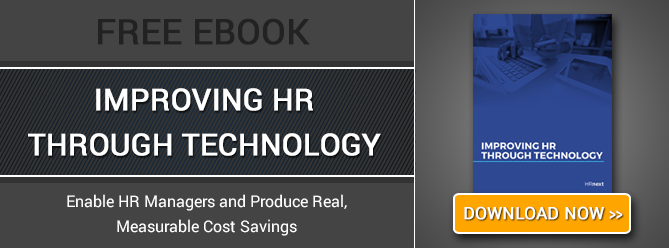3 Trends Changing the Face of HR
The business world is changing—driven by new technology, shifting worker demographics and new business models. HR is also changing to accommodate shifts in expectation and integrate new systems to match the times. Old models of simply ensuring compliance and providing a structure for employees to address work-issues are losing efficacy as new norms and best practices take effect.
“A hundred years later, a lot of organizations are still running HR that same way,” says Jason Averbrook, CEO of the Marcus Buckingham Company. “Focusing on risk, focusing on compliance, focusing on the transactional side of it, but there’s a whole new era, and things like unions and pensions and transparency of the workplace have changed.”
Emerging from the shifting work landscape, a few trends seem to be becoming best practices for HR companies and their business partners:





Leave a Reply
Want to join the discussion?Feel free to contribute!